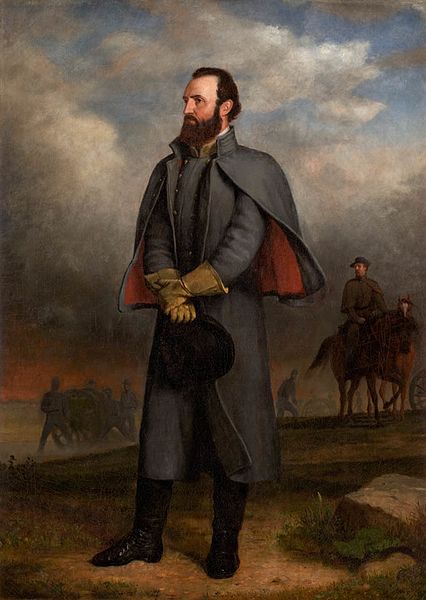Moses Jacob Ezekiel, also known as Moses "Ritter von" Ezekiel, was an American sculptor who lived and worked in Rome for the majority of his career. Ezekiel was "the first American-born Jewish artist to receive international acclaim". Ezekiel was an ardent supporter, in both his writings and in his works, of the Lost Cause revisionist view of history.
Ezekiel's most famous work, the Confederate Memorial at Arlington National Cemetery in Virginia.
Fedor Encke. Drawing by Moses Jacob Ezekiel.
Ezekiel's grave on the north side of the Confederate Memorial at Arlington National Cemetery.
Religious Liberty (1876) in Philadelphia.
Virginia Military Institute
The Virginia Military Institute (VMI) is a public senior military college in Lexington, Virginia. It was founded in 1839 as America's first state military college and is the oldest public senior military college in the United States. In keeping with its founding principles and unlike any other senior military college in the United States, VMI enrolls cadets only and awards bachelor's degrees exclusively. The institute grants degrees in 14 disciplines in engineering, science, and the liberal arts.
VMI Campus lawn
Engraving of VMI, c. 1863
Stonewall Jackson
George C. Marshall statue








